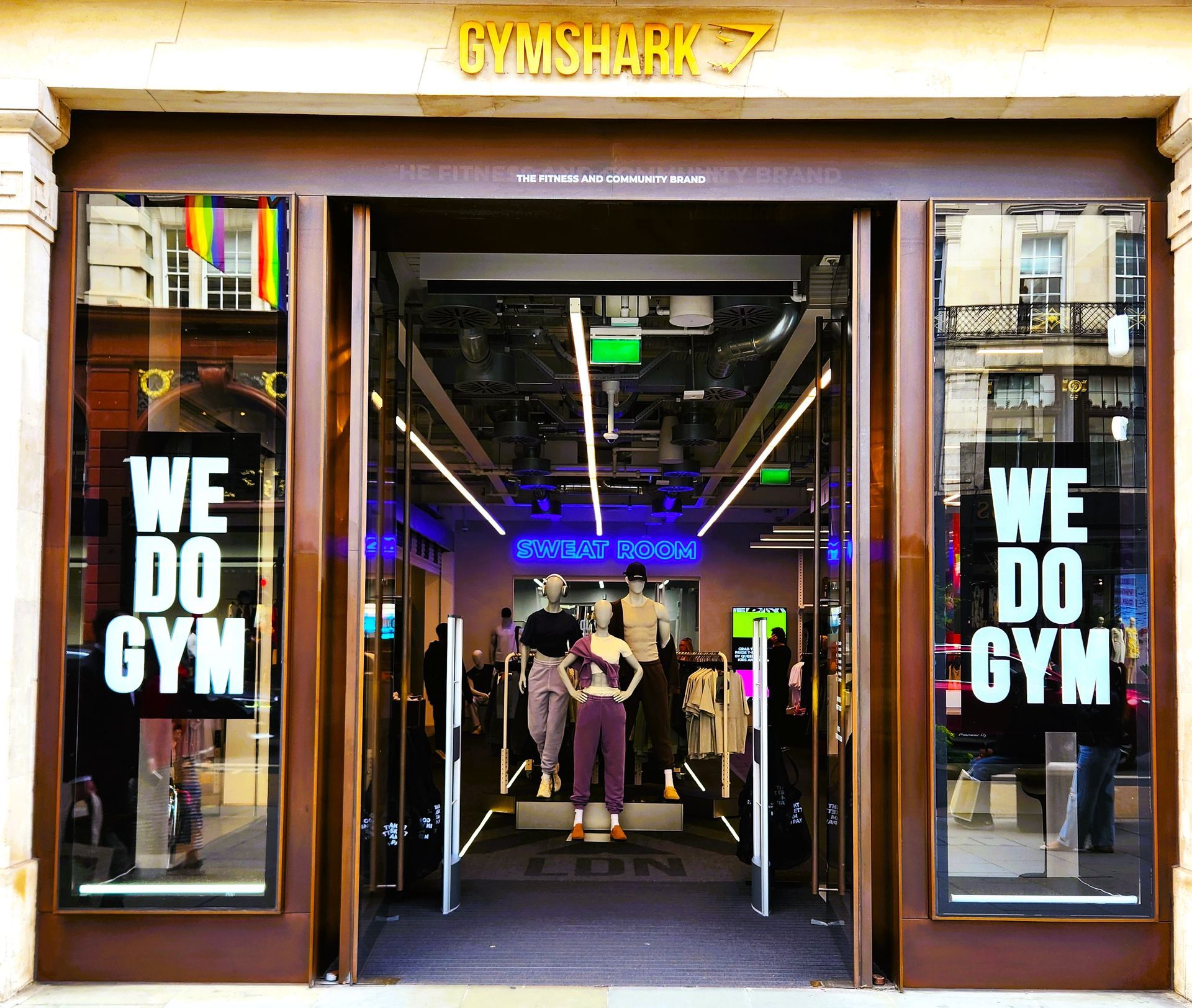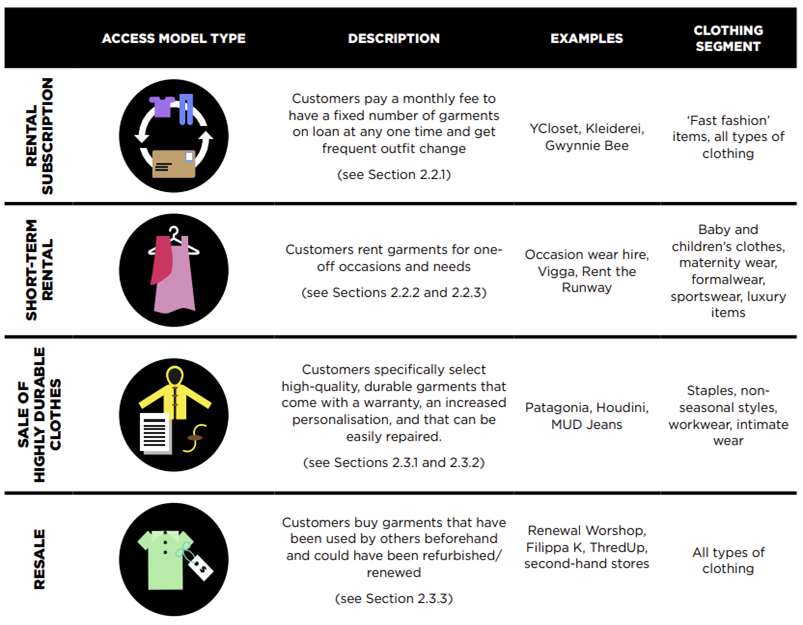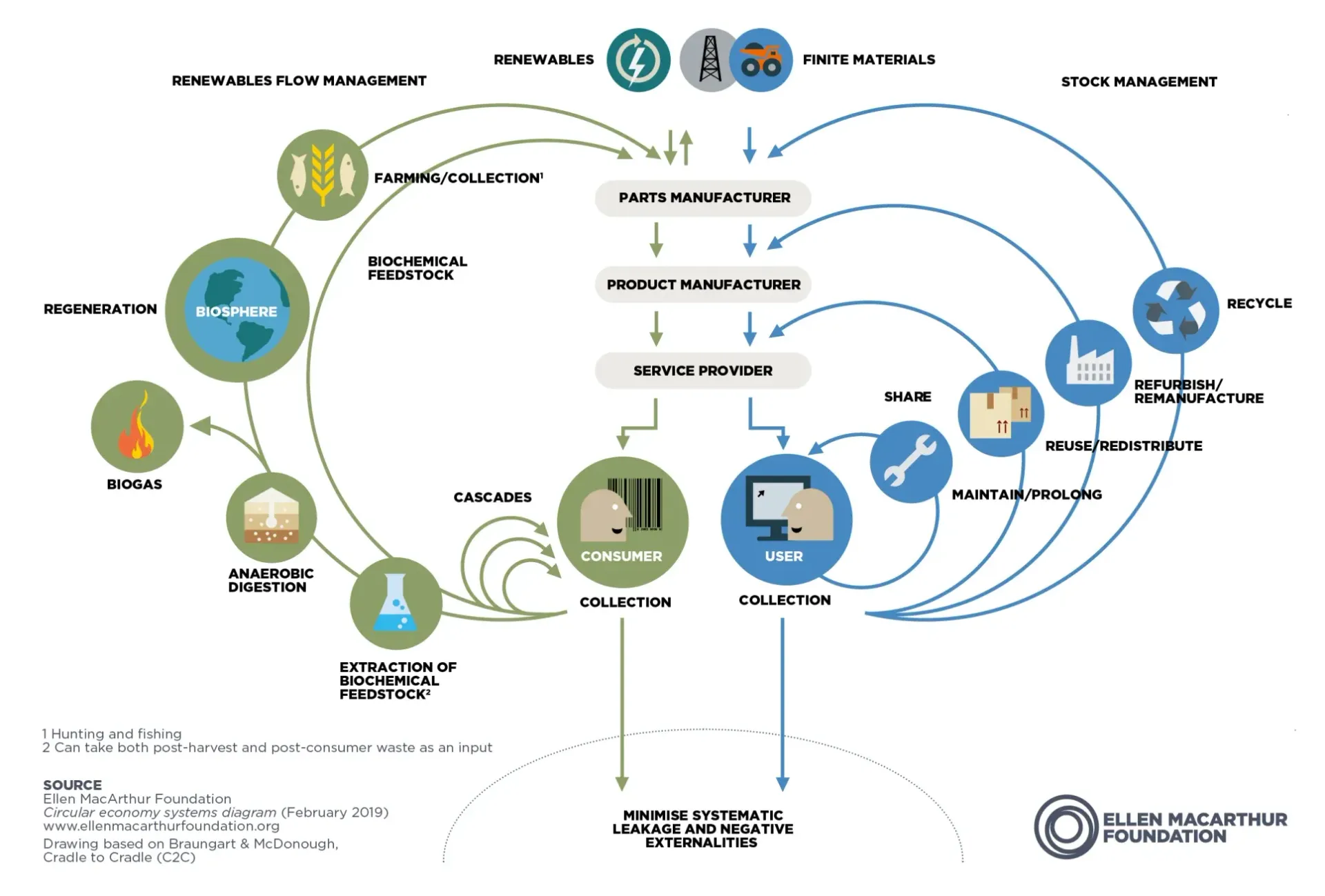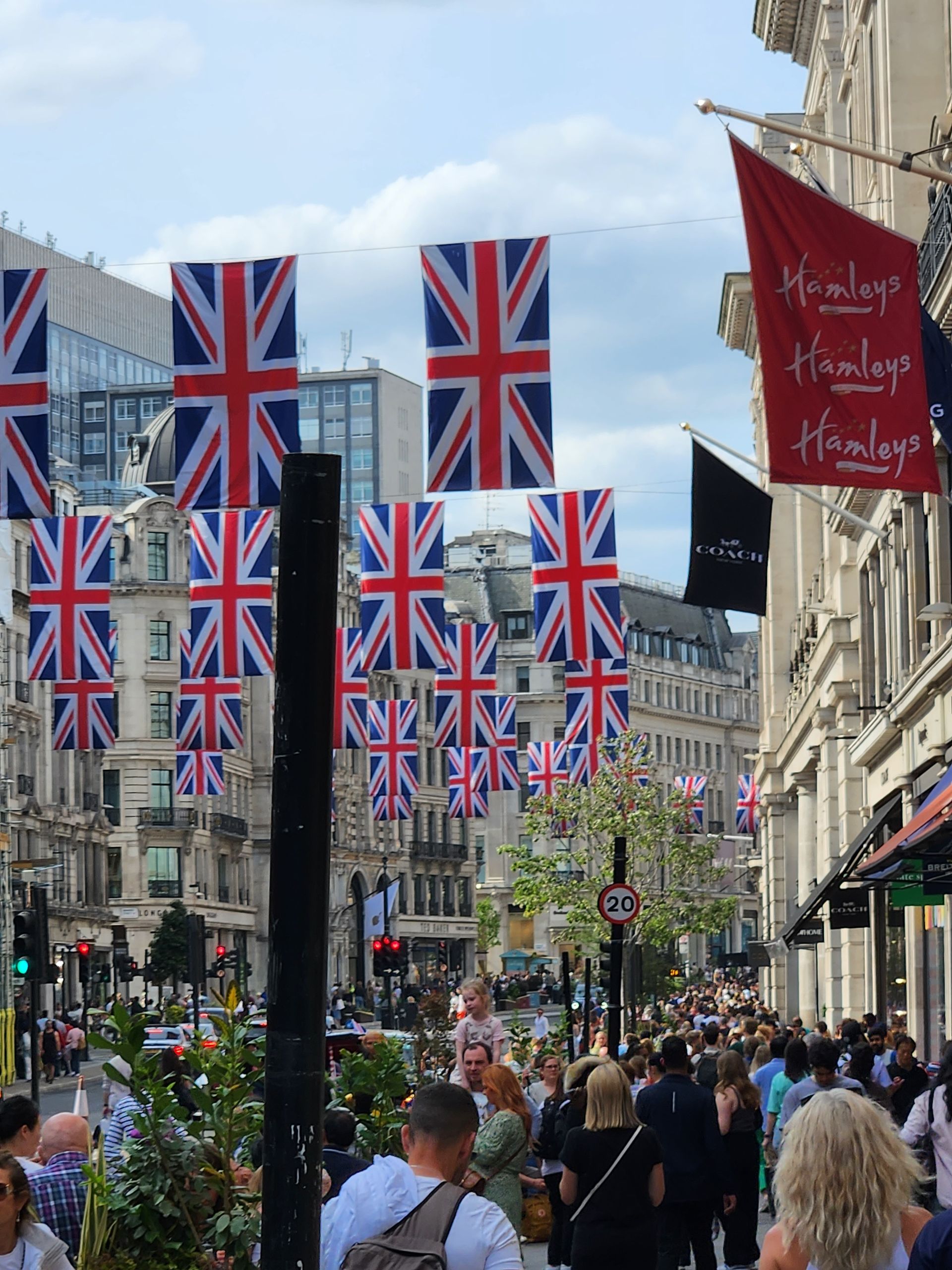RESETTING RETAIL: THE PARADIGM SHIFT IN RETAIL TOWARDS PHYGITAL AND EXPERIENTIAL SHOPPING.
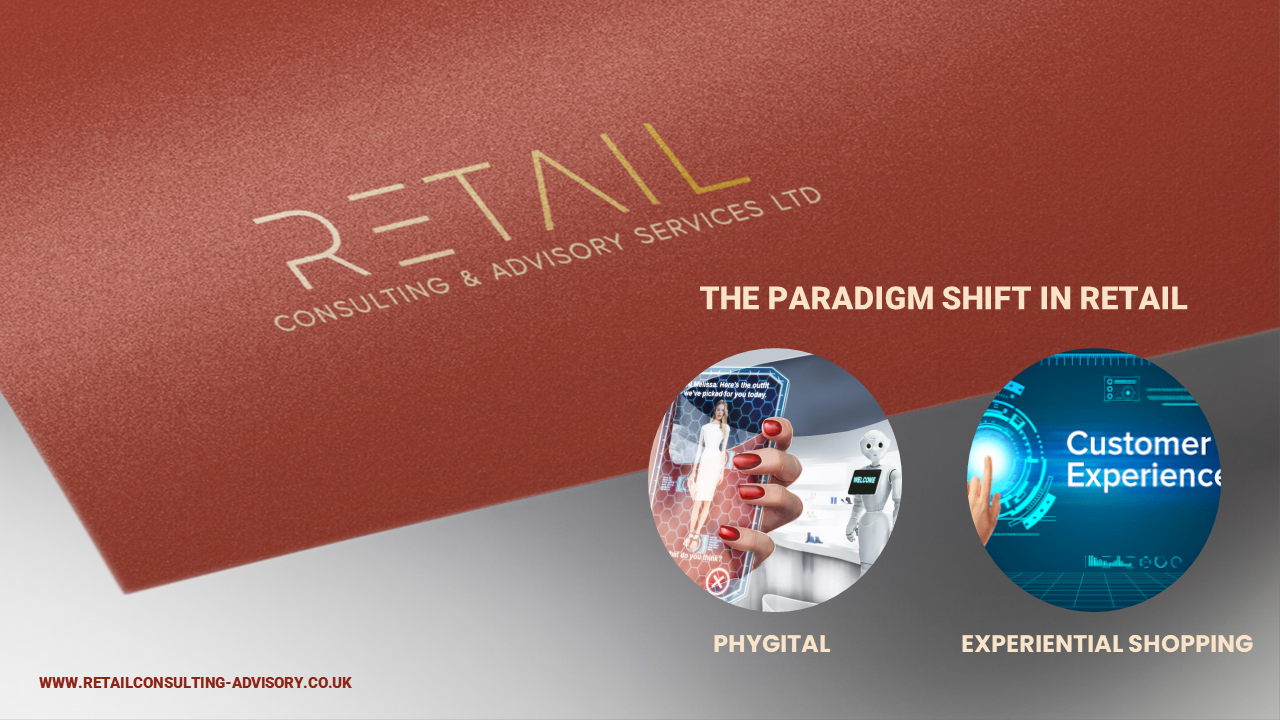
RESETTING RETAIL: THE PARADIGM SHIFT IN RETAIL TOWARDS PHYGITAL AND EXPERIENTIAL SHOPPING.
In today's ever-changing retail landscape, adaptation is a survival strategy and a necessity for success. Once dominated by brick-and-mortar stores, the traditional retail model has undergone a remarkable transformation in recent years.
This metamorphosis is driven by the fusion of physical and digital realms, known as "phygital", and an emphasis on “experiential shopping”.
This paradigm shift represents a seismic change in how retailers engage with consumers, creating immersive, interactive, and personalised experiences that transcend the boundaries of traditional shopping.
The heart of this shift lies in recognising that consumers seek more than just products; they look for memorable experiences and seamless integration between physical and digital touchpoints. #Phygital retail seamlessly merges the convenience of online shopping with the sensory engagement of physical stores. It recognises that the lines between online and offline shopping are becoming increasingly blurred, with consumers expecting a cohesive brand experience across all channels.
One of the key drivers of this shift is the proliferation of #digital technologies. From augmented reality (AR) and virtual reality (VR) to artificial intelligence (AI) and the Internet of Things (IoT), retailers have a plethora of tools at their disposal to enhance the shopping experience. For instance, AR allows customers to visualise products in their space before purchasing.
At the same time, AI-powered chatbots provide personalised recommendations and assistance around the clock, to mention some of the possible features of these technologies. These technologies not only streamline the shopping process but also add an element of excitement and novelty, turning mundane transactions into memorable experiences.
#Experiential shopping goes beyond the transactional aspect of retail and focuses on creating immersive environments that captivate the senses and evoke emotions. Whether it's through interactive displays, live demonstrations, or themed pop-up events, experiential retailers aim to foster deeper connections with their customers and differentiate themselves in a crowded market. By curating unique experiences that resonate with their target audience, brands can foster loyalty, generate buzz, and drive foot traffic to their physical and digital storefronts.
A prime example of successful experiential retail is the rise of concept stores and flagship locations. These spaces serve as showcases for brands to express their identity, values, and aesthetics while offering customers an immersive journey into their world.
From themed installations and interactive exhibits to workshops and live performances, these stores transcend the traditional retail paradigm and become destinations in their own right. They blur the lines between commerce and culture, inviting customers to participate in a multi-sensory exploration of the brand's universe.
Well-known examples of these brand’s experience spaces are @Hamleys, the toy store, the @Microsoft store, and the brand-new flagship of @Gymshark, all in central London.
Moreover, experiential shopping is not limited to physical spaces but extends to the digital realm. Online retailers leverage innovative technologies to create virtual experiences that mimic the excitement of in-store shopping. For instance, live-stream shopping events allow customers to interact with hosts, ask questions, and make purchases in real time, simulating the thrill of discovering new products alongside fellow enthusiasts. Similarly, gamification techniques, such as scavenger hunts and rewards programs, engage customers on digital platforms and encourage repeat visits.
However, while the shift towards phygital and experiential shopping offers myriad #opportunities for retailers, it also presents #challenges that must be navigated carefully. One of the primary concerns is maintaining a seamless omnichannel experience across multiple touchpoints.
Consistency in branding, messaging, and service becomes paramount as consumers increasingly switch between online and offline channels. Retailers must invest in robust technology infrastructure and data analytics capabilities to track customer interactions, preferences, and purchase history across channels and deliver personalised experiences at scale.
Furthermore, the rise of experiential shopping raises questions about #sustainability and #ethical consumption. As brands invest in elaborate displays and immersive installations, excess and waste are risks. Retailers must balance creating captivating experiences and minimising their environmental footprint.
This entails adopting sustainable practices throughout the supply chain, from sourcing materials to responsibly disposing of props and decorations. Moreover, retailers are responsible for educating consumers about the environmental impact of their purchasing decisions and empowering them to make more sustainable choices.
Conclusions
The paradigm shift towards phygital and experiential shopping represents a fundamental evolution in how brands engage with consumers. By leveraging digital technologies and creating immersive experiences, retailers can forge deeper connections with their customers, foster loyalty, and drive foot traffic to their stores. However, retailers must navigate the challenges that come with this shift, including maintaining a seamless omnichannel experience and promoting sustainability and ethical consumption. With careful planning and execution, retailers can create unforgettable experiences that differentiate their brand in a crowded market and build lasting customer relationships.
All Rights Reserved | Retail Consulting & Advisory Services Ltd.
Ismael Gonzalez - Founder and Managing Director
© 2022 Retail Consulting & Advisory Services LTD. Company Registration Number 14234794. Privacy Policy

